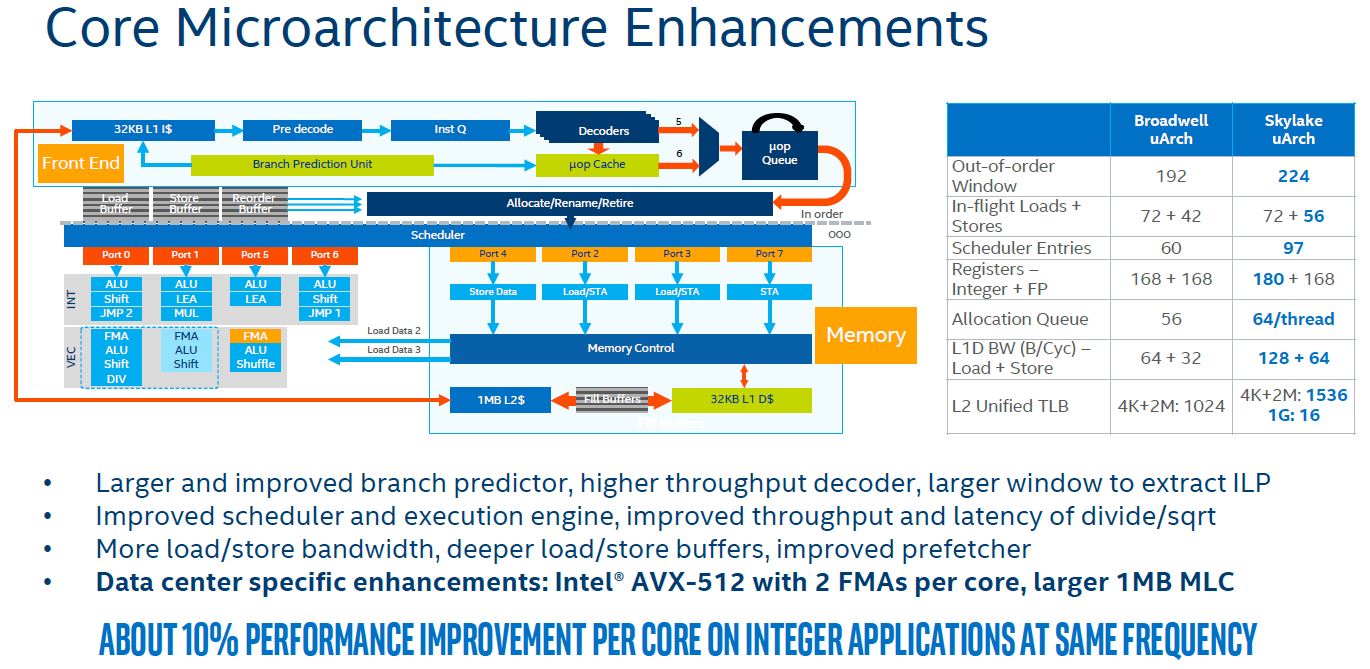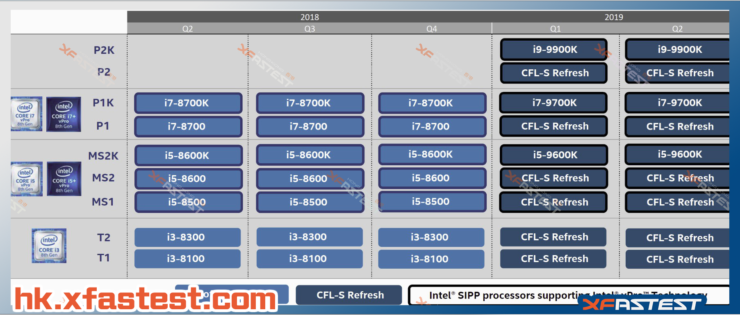D
Deleted member 93354
Guest
Of course, it was originally planned for about 2015. The node transition was very aggresive and the plans failed miserably. We all know that. It is repeated in media and forums again and again.
What is not mentioned so often (in fact it is literally ignored) is that Glofo also planned 10nm for about 2015 and not only delayed it but canceled it twice (first canceled 10XM in 2016 then canceled 10LP about a year ago) and now goes for 7LP directly. And don't forget that what other foundries call 7nm is an inferior node to what Intel calls 10nm.
7nm is still a hell of a lot better than 14nm. Egg in the hand is worth two in the bush. Even 12/11nm could be argued to be better than 14nm in some aspects.
![[H]ard|Forum](/styles/hardforum/xenforo/logo_dark.png)

